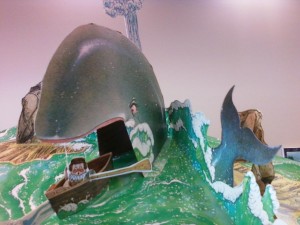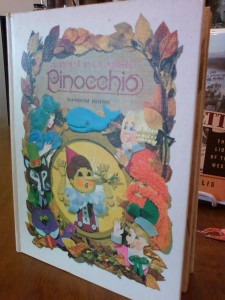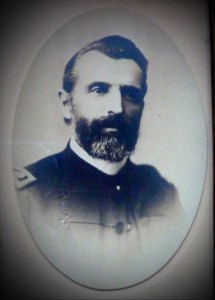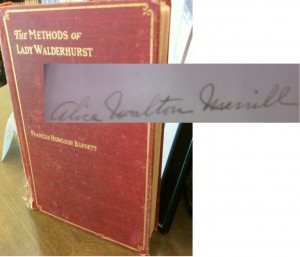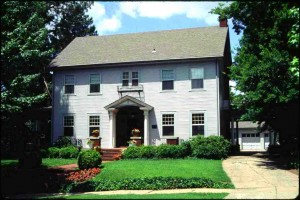As Granny Mamie would say: Ya canna keep Troubles from comin’ round, but ya needn’t offer ‘em a chair.
That pretty well sums up my feelings as the Rose District construction approaches the front door of the bookshop. As you can see in the image, the orange barrel invasion has swallowed all but the doorstep of my neighbor Jason’s – Main Street Tavern. The block just to the north is next.
That’s this place.
Probably next week, I’m thinking. A little bit of trouble, convenience wise, and comin’ round. But I’ve already brought the sidewalk bench indoors. Needn’t offer a chair. Speed things along.
Giving credit where due, the contractors have gone out of their way to accommodate the merchants as the construction progresses. When the last segment of sidewalk was all that was left down the street, workers kept at it all night so the chips & salsa, margaritas, and enchiladas could be served as usual when Fiesta Mambo opened the following day.
The most-asked question lately? Is the construction bothering your business? Well… I don’t think barricades, front-end loaders, jackhammers, and road-closed-signs are GOOD for business. There are some once-regular customers who had just found the shop at its new location whom I haven’t seen for a time.
The other side of that is – with a stop sign at every intersection – some folks are slowing down (and stopping hopefully) long enough to look around and notice the businesses in the area. The Main Street Expressway, where speeds regularly hit 45 to 55 mph (not an exaggeration), was not conducive to business. Too risky to take your eyes off the road or cell phone when a pesky pedestrian might step out to cross the street.
That’s my primary hope: that – once the construction troubles pick up and move along – the Rose District will be a little friendlier (traffic-wise) to shoppers and side-walkers. It would be great to have people cruise the business district like we used to do, styling and profiling, circling the loop between the Sonic and the A&W. (Different town, different era.)
There will be plenty of new things to see once the street-scaping project winds up. A couple of new buildings. Several new restaurants. There are already new shops settling in with the long-term residents. Half of one block is complete with newly-painted parking space lines. It’s going to be great, I just know it. The sooner they move in front of the bookstore, the quicker it will be finished. No sense fussing about it.
As Granny Mamie would say: You can’t drown your sorrows. They know how to swim.
Make some waves. Come visit!
McHuston
Booksellers & Irish Bistro
Rose District
122 South Main, Broken Arrow OK!

